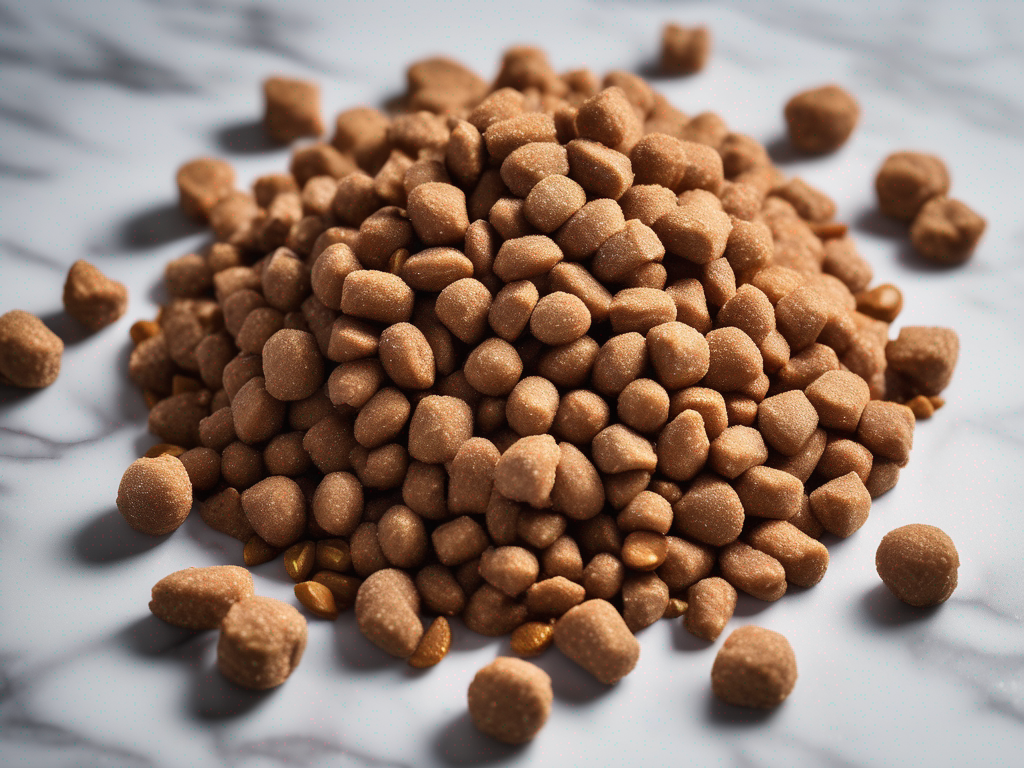
Safely Storing Dry Dog Food to Extend Its Shelf Life
Get Your Free Food Safety Cheat Sheet
30 most common foods with instant answers. Print it and stick it on your fridge—completely free!
Safely Storing Dry Dog Food to Extend Its Shelf Life
When it comes to caring for our furry friends, ensuring their food is stored properly is essential for maintaining its quality and safety. Dry dog food, also known as kibble, is a popular choice for many pet owners due to its convenience and long shelf life. However, improper storage can lead to spoilage, loss of nutritional value, and even contamination. In this guide, we will explore the best practices for safely storing dry dog food to extend its shelf life and keep your canine companion healthy and happy. (Dry dog food)
Importance of Proper Storage for Dry Dog Food
Proper storage of dry dog food is crucial for several reasons:
-
Maintaining Nutritional Value: Exposure to air, light, and moisture can degrade the nutritional content of the food over time.
-
Preventing Contamination: Improper storage can attract pests, such as insects and rodents, leading to contamination and potential health risks for your pet.
-
Ensuring Freshness: Storing dry dog food correctly helps preserve its freshness and flavor, ensuring your pet enjoys every meal.
Now, let's delve into the best practices for storing dry dog food safely.
1. Choose a Suitable Container
Airtight Containers
- Use airtight containers made of sturdy, food-grade plastic or metal to keep out air and moisture.
- Opt for containers with secure lids or seals to prevent pests from accessing the food.
Size Consideration
- Choose a container size that comfortably fits the amount of dry dog food you typically purchase to avoid overfilling or underfilling.
2. Store in a Cool, Dry Place
Ideal Storage Conditions
- Store dry dog food in a cool, dry place away from direct sunlight and heat sources.
- Avoid storing the food in areas prone to temperature fluctuations, such as garages or sheds.
Temperature Control
- Keep the storage area at a consistent temperature to prevent the food from spoiling or becoming rancid.
3. Rotate Food Regularly
First In, First Out (FIFO)
- Practice the FIFO method by using older bags of dog food first before opening new ones.
- Rotate the stock to ensure your pet always gets fresh food.
Check Expiration Dates
- Regularly check the expiration dates on the packaging and discard any expired or rancid food.
4. Avoid Transferring to Unsealed Containers
Original Packaging
- It's best to store dry dog food in its original packaging, which is designed to preserve the food's freshness.
- If you do transfer the food to another container, ensure it is airtight and clean.
Conclusion
Proper storage of dry dog food is essential for maintaining its quality, nutritional value, and safety. By following these guidelines and investing in suitable containers, you can extend the shelf life of your pet's food and ensure they receive the best possible nutrition. Remember to store the food in a cool, dry place, rotate stock regularly, and check expiration dates to keep your furry friend healthy and happy. [Dry dog food](/food/dry dog food) can be a nutritious and convenient option for your pet, as long as it is stored correctly. (Dry dog food)
Authoritative Food Safety References
These agencies and university labs inform every tip and health precaution we publish.
USDA FoodKeeper – Cold Storage Guidelines
Official refrigerator, freezer, and pantry timelines maintained by the U.S. Department of Agriculture.
Visit USDA FoodKeeperFDA Produce Safety Rule & Grower Guidance
Field-to-fridge handling practices that prevent contamination of fruits, vegetables, and leafy greens.
Visit FDA Produce SafetyCDC Foodborne Illness Prevention Hub
Surveillance-backed guidance on pathogens, symptoms, and steps to reduce foodborne illness risk.
Visit CDC Food SafetyUC Davis Postharvest Technology Center
University research detailing optimal storage atmospheres for produce after harvest.
Visit UC Davis PostharvestPenn State Extension – Home Food Preservation & Safety
Peer-reviewed extension bulletins on safe canning, chilling, and reheating practices.
Visit Penn State ExtensionGet Your Free Food Safety Cheat Sheet
30 most common foods with instant answers. Print it and stick it on your fridge—completely free! Want more? Upgrade to the complete guide with 70+ foods.
Scan your food directly and get instant safety info using our AI-powered camera feature.